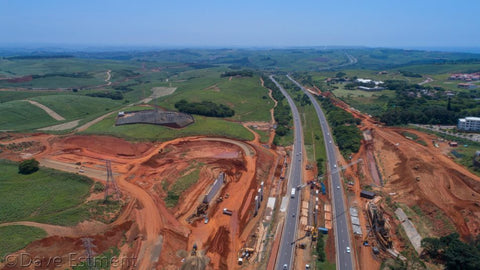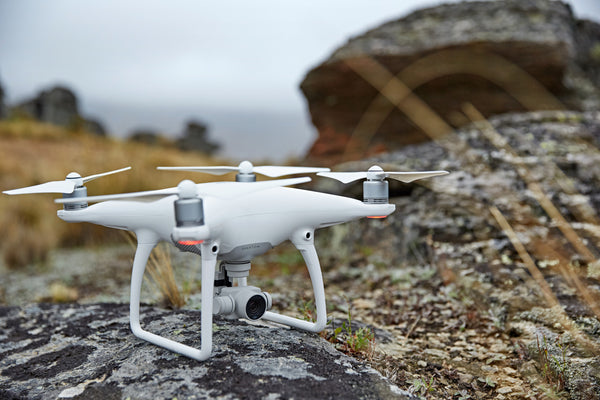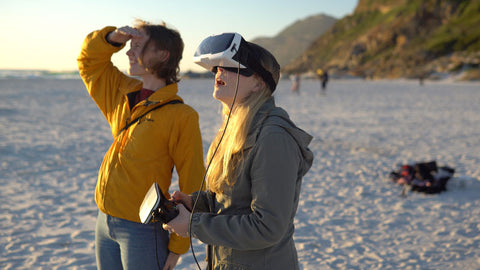Drone Technology Marches On ...
By Dave Estment
It’s been challenging getting my DJI Inspire booked onto aeroplanes, due to its size and controversial looks, which caused airport security to give me a hard time – as if I were about to highjack the plane or something sinister like that. To address this issue, it was time to look for a smaller drone that could up the game technologically and produce even better imagery.
The Inspire has served us faithfully for the last three years, producing world class HD video at up to 120 frames per second for amazing slo-mo footage that has blown our clients away. However, in my opinion, the image quality of the photos could be improved, particularly in low light. Don’t get me wrong, the images are more than acceptable for the purposes required, but I’ve been hoping for DJI to provide a new, large sensor camera on a smaller frame that would improve the video quality even more and produce higher grade photographs. Guess what? A couple of weeks ago DJI launched the Phantom 4 Pro. My prayers were answered.
Just in time, because we are doing a long-term time lapse video of a massive development project by Fortress Income Fund on the old Clairwood Race Course, near Durban. Fortress is one of our esteemed, long term clients who is leading the way in the warehousing and logistics industry, and since this is a 3-year construction project, we’ll be doing quite a few trips in the foreseeable future. Their compelling visual portfolio will include traditional ground based progress photos and videos, as well as regular aerial coverage.
It was a pleasure to check in at the airport yesterday with my Phantom 4 Pro, which performed perfectly during the morning to capture this early stage of development. Here’s one of the aerial photos that I took, to show you the image quality:
 Aerial View of Fortress Construction Site
Aerial View of Fortress Construction Site
The Phantom range of DJI drones have been the most successful in the short history of stabilised flying film and photo platforms, but they have always been the bridesmaid to the amazing Inspire range of professional DJI drones. That has just changed, as if the engineers at DJI sensed my dilemma and worked overtime to deliver a new Phantom that fully qualifies as a professional filming drone, good enough to be used in Hollywood feature films. 4k video at 50 FPS and a bit rate of 100 Mb/sec! Yes please. It is half the size of the Inspire, ideal for hand luggage in its discreet carry case that holds 4 batteries and all the bits required for shoots.
The tech specs and smart functionality are mind blowing, enabling even more precise flying and route planning than before. The inspire doesn’t come close – sorry Inspire 🙂 My favourite features on this little powerhouse include a camera sensor (ALMOST 5 X BIGGER than previous ones), manual aperture, shutter, ISO and exposure control, manual and auto focus, plus a host of setting options. The bit rate of 100 Mb/sec ensures that all the data is accurately captured and the new route planning functionality such as Tripod Mode, Draw, Tap Fly and obstacle avoidance will certainly assist me in complicated route planning and camera control.
Thank you for the new P4 Pro, DJI. And thank you Action Gear team for your support. May technology keep marching on . . . I love it!
You can check out the rest Dave Estment's blogs here
































